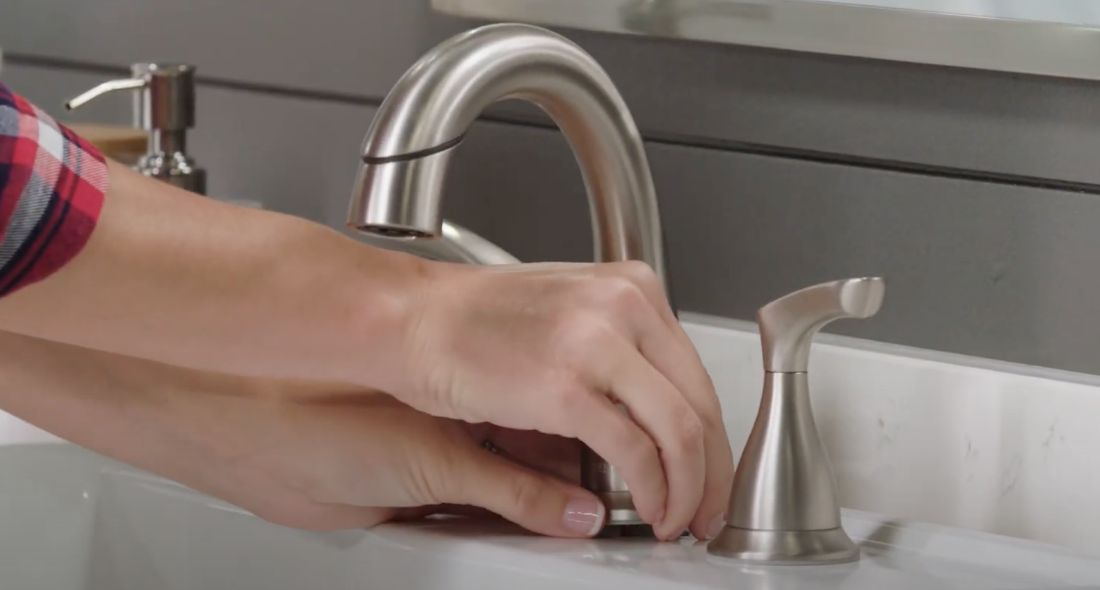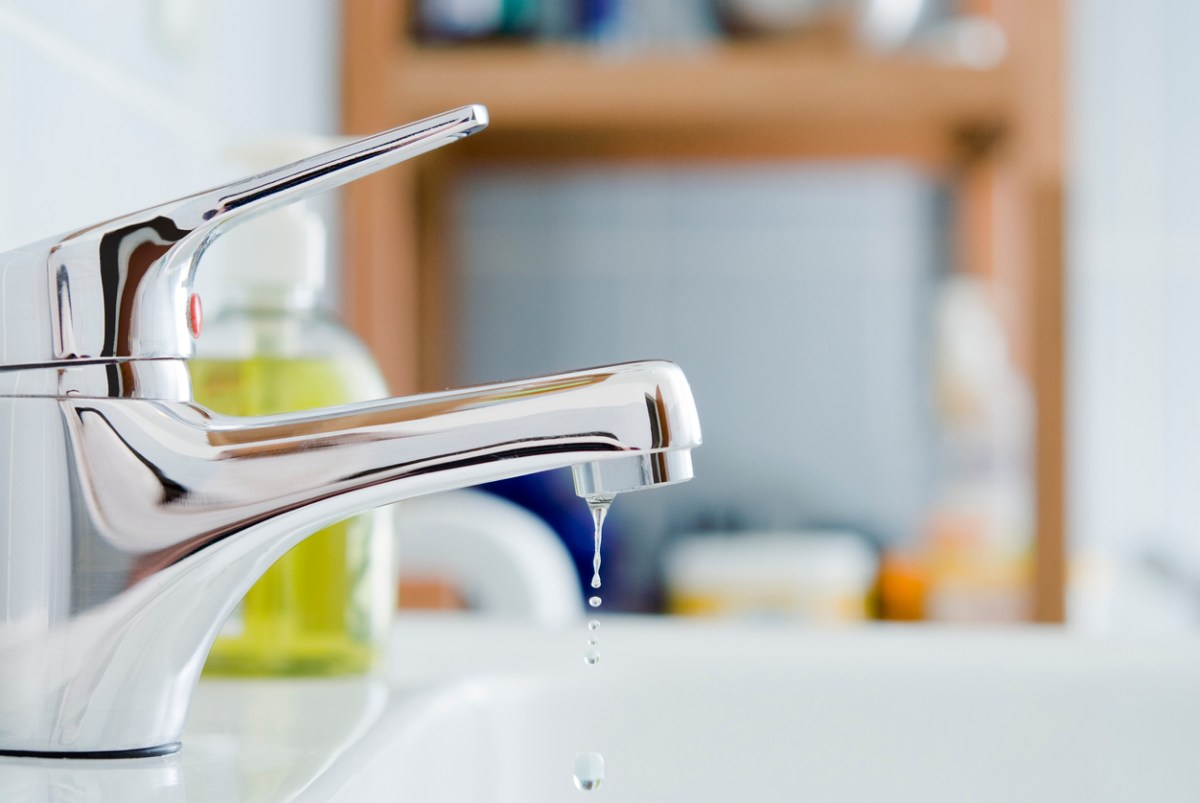Uncovering the Significance of Fixing a Dripping Faucet
Uncovering the Significance of Fixing a Dripping Faucet
Blog Article
On this page down the page you will discover more good points related to Why Is It Important To Fix Your Leaking Tap/Faucet?.

Leaking taps might look like a minor hassle, but their impact surpasses simply the nuisance of the noise. From wasting water to incurring unneeded monetary expenses and health threats, ignoring a leaking faucet can bring about numerous repercussions. In this write-up, we'll explore why it's crucial to resolve this common household problem without delay and properly.
Wastefulness of Water
Environmental Impact
Leaking taps contribute dramatically to water wastage. According to the Epa (EPA), a solitary faucet leaking at one drip per second can throw away greater than 3,000 gallons of water per year. This not just stress water resources however likewise impacts ecological communities and wildlife dependent on them.
Financial Costs
Raised Water Bills
Past the ecological impact, dripping taps can blow up water bills significantly. The built up waste over time equates into greater energy expenditures, which might have been avoided with prompt repair work.
Possible Property Damage
In addition, extended trickling can cause harm to components and surfaces surrounding the tap. Water accumulation can cause discoloration, rust, and also structural problems if left unattended, causing added repair work prices.
Health and wellness Problems
Mold and Mold Development
The consistent presence of moisture from a dripping tap creates an optimal environment for mold and mildew development. These fungis not just endanger interior air high quality however likewise position wellness risks, especially for individuals with respiratory conditions or allergic reactions.
Waterborne Conditions
Stagnant water in leaking faucets can become a breeding place for microorganisms and other pathogens, boosting the threat of waterborne illness. Contaminants such as Legionella microorganisms thrive in stationary water, potentially bring about significant health problems when consumed or inhaled.
Do it yourself vs. Professional Repair
Pros and Cons of DIY Repair Service
While some might try to deal with a dripping faucet themselves, do it yourself repair work come with their very own collection of obstacles. Without correct knowledge and tools, do it yourself attempts can exacerbate the problem or bring about insufficient repairs, prolonging the problem.
Advantages of Employing a Specialist Plumber
Employing a professional plumber makes sure that the underlying root cause of the dripping tap is attended to properly. Plumbing technicians possess the expertise and devices to diagnose and repair tap issues effectively, conserving time and reducing the risk of additional damage.
Step-by-Step Guide to Dealing With a Dripping Tap
Devices Called for
Before trying to deal with a leaking faucet, collect the needed tools, consisting of a flexible wrench, screwdrivers, substitute parts (such as washers or cartridges), and plumber's tape.
Typical Tap Issues and Their Solutions
Recognize the sort of tap and the particular problem creating the drip. Usual issues consist of worn-out washing machines, corroded valve seats, or malfunctioning O-rings. Describe supplier instructions or online tutorials for step-by-step assistance on fixings.
Preventive Measures
Normal Maintenance Tips
To prevent leaking taps, carry out regular upkeep such as cleansing aerators, inspecting for leakages, and replacing worn-out components without delay. In addition, take into consideration mounting water-saving gadgets or upgrading to extra effective fixtures.
Value of Prompt Repair Works
Addressing trickling faucets as soon as they're noticed prevents more water wastefulness and potential damage, inevitably conserving both water and money over time.
Influence On Building Value
Assumption of Well-Maintained Property
Preserving a property in good condition, including dealing with maintenance problems like trickling faucets, improves its viewed worth and charm amongst potential customers or renters.
Impact on Resale Value
Qualities with well-maintained plumbing components, including taps, command greater resale values in the real estate market. Addressing trickling taps can add to a favorable perception during property assessments and negotiations.
Ecological Obligation
Individual Contribution to Preservation
Taking responsibility for taking care of leaking faucets straightens with wider initiatives toward water preservation and ecological sustainability. Every individual's actions collectively make a considerable influence on maintaining priceless sources.
Lasting Living Practices
By focusing on timely repair work and taking on water-saving behaviors, people contribute to sustainable living techniques that profit both present and future generations.
Conclusion
Dealing with a leaking tap exceeds mere ease; it's a crucial action towards preserving water, decreasing monetary costs, and safeguarding health and home. Whether through do it yourself repairs or expert support, taking action to repair dripping faucets is a tiny yet impactful means to advertise accountable stewardship of resources and add to a much healthier, much more sustainable future.
How to Fix a Dripping or Leaky Faucet
A leaking faucet is one of the most common problems that homeowners encounter, but it being commonplace doesn’t make it any less annoying. The constant drip drip drip of a leaking bathtub faucet, showerhead, or sink tap can disturb your home’s serenity. Left neglected, a dripping faucet can also result in higher water bills and discoloration or mold growth in your sink or plumbing fixtures.
Fortunately, you don’t have to be a trained plumber to know how to stop a dripping faucet. With some basic tools, replacement parts, and a little patience, leaky faucet repair is a breeze. In this article, we’ll explain what causes dripping faucets and how you can fix them.
What Causes a Leaking Faucet?
Kitchen and bathroom faucets come in all manner of designs, but most involve some combination of valves, O-rings, seals, and washers. The O-ring is usually the weakest link, but any one of these pieces can wear down over time. Heat, moisture, temperature fluctuations, minerals, mold, and movement can contribute to warping and corrosion, breaking the watertight seal. This just comes with the territory of being a homeowner. Everything is always subject to wear and tear, and some component parts of your appliances and fixtures need to be replaced on occasion. At least replacement O-rings are cheap!
More rarely, dripping faucets can be a symptom of excessively high water pressure. Were this the case in your home, you would probably notice that the leak is not isolated to one faucet. Water pressure issues are harder to resolve on your own. We recommend contacting a professional plumber if you suspect your water pressure is too high.
How to Fix a Dripping Faucet
Pipe wrench or monkey wrench Allen wrench set Screwdrivers Old towel or rag Shut off the water.
Before you do anything, you need to turn off the water to keep from drenching your kitchen or bathroom. You should find a valve under the sink and against the wall. Once you’ve turned this valve, try turning the faucet on to confirm that the water source has been cut off.
If you can’t locate your local valve for the faucet you’re working on, you can always shut off the water to the house at the main valve. Of course, this will prohibit anyone from using the sinks, showers, or toilets while you’re working on the faucet that’s giving you trouble.
Plug or block the drain.
You’ll be disassembling the faucet and removing some small bits of hardware. Plug the drain with a stopper or rag to avoid the possibility of a small screw falling into your P-trap.
Take apart the faucet assembly.
There are several varieties of kitchen and bathroom faucets, each with its own manner of assembly. For detailed instructions on how to disassemble your faucet, you can refer to the fixture’s manual or contact the manufacturer. If you know whether you have a ball, disc, cartridge, or compression faucet, you can find detailed schematics online.
In general, you need to begin by removing the faucet handles. You might notice a small screw that you’ll need to remove with a screwdriver or Allen wrench. If you don’t see any visible securing hardware, it’s likely hidden under a decorative cap that can be unscrewed or popped off with flathead screwdriver.
Remove each piece methodically, consulting a schematic when necessary. Take notes or arrange the pieces in such a way to make it easier to correctly reassemble the faucet later.
Remove the cartridge.
Once you’ve removed the handles and securing hardware, you should be able to remove the valve cartridge or stem. Some cartridges will slide right out. Other faucet models will require you to loosen a nut with a pipe wrench before you can remove the valve stem.
Examine the exposed hardware.
With the cartridge or stem removed, inspect the component parts. Check the rubber O-rings for wear and tear. Also examine the seat washer for corrosion or other damage. These pieces are usually the responsible parties for a dripping faucet, but it’s worth inspecting the other component parts while you have the faucet disassembled.
Find replacement parts.
Once you’ve identified which faucet component has failed, find an identical replacement. Your local hardware store should have O-rings, seat washers, and other standard components in stock. If you have a luxury or uncommon faucet, you may have to contact the manufacturer for a replacement part.
It’s a good idea to take your old parts with you to the hardware store so you can compare them with the store’s inventory and be sure you’re purchasing the correct replacement.
Reassemble the faucet.
With your new parts in hand, reconstruct the faucet and handles. Don’t be tempted to overtighten screws or nuts. You might think this could create a better seal, but it can instead damage or bend a delicate part of the assembly and create a new problem for you.
Turn on the water and test the faucet.
The only thing left to do is test your work. Unplug the sink, turn the water back on, and try the faucet. Congratulate yourself on a job well done!
https://www.libertyhomeguard.com/how-to-fix-a-dripping-or-leaky-faucet/

We hope you enjoyed our excerpt on Should I Repair or Replace a Leaky Faucet?. Many thanks for taking time to browse our article. Do you know anybody else who is occupied with the niche? Take a moment to share it. Thanks a bunch for being here. Kindly check up our blog back soon.
Report this page